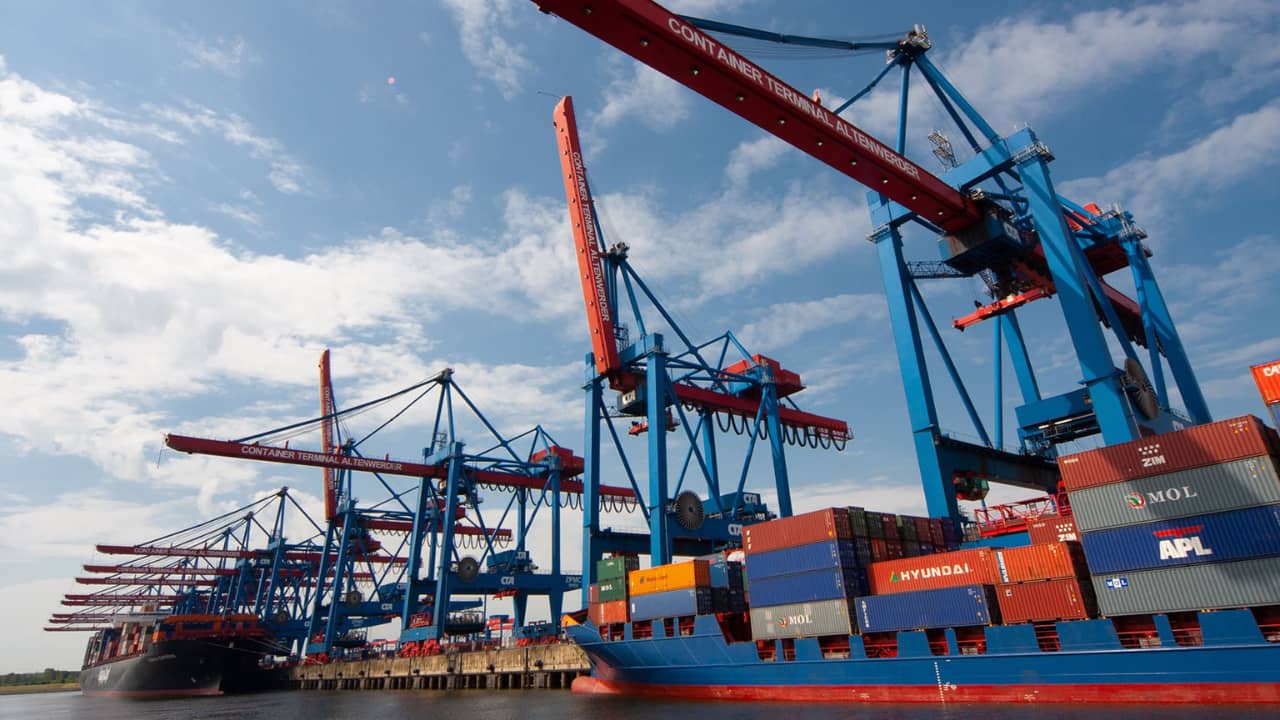
What Should You Do During Sea Freight Peak Season
4-minute read
There’s no way of sugar coating the pill regarding the current supply chain situation globally. It’s either severely stressed or broken, at almost every link in the chain.
It’s a perfect storm, resulting from the global pandemic, combined with some existing and other factors.
There’s no easy fix and challenges are expected to last well into 2021.
Good communication is critical; Freight forwarders need to update Importers & exporters very regularly. Some are doing that well, others less so.
On the other hand, cargo owners should listen to freight forwarders’ advice on what steps they can take to mitigate challenges, to a degree.
Many clients don’t understand the complexities of the supply chain and will not understand why there are delays – they just want their goods.
Cargo owners need to prepare a draft packing list and inform their freight forwarders so they can book space on ships as early as possible – at least three weeks before sailing.
They should be ready for ongoing lengthy delays in goods arriving and be prepared to carry more stock. They also need to be paying a deposit for shipping space early, to lock-in bookings.
Customs Brokers and Freight Forwarders Federation of New Zealand (CBAFF) is working to convey these messages in the mainstream media. The global challenges are manifold.
There has been a worldwide surge in consumer demand – ports in Australia and New Zealand are being expected to handle significantly greater volumes compared to the same period last year.
People aren’t travelling so spending elsewhere. Shipping companies didn’t anticipate this and significantly restricted capacity when Chinese production largely shut down.
Lines aren’t planning on introducing additional services, citing a lack of available vessels and berthing windows. It’s very difficult to get space on ships coming out of China.
New Zealand currently has a three to four week backlog for bookings from Asia.
Most carriers are drastically reducing the amount of new bookings, so they can reduce the amount of containers sitting at their transhipment hubs — a backlog of around two to three weeks.
Bookings are frequently being rolled – often over several weeks. There’s severe congestion in Asian tranship ports – exacerbated by industrial action in Australian ports.
It’s taking vessels around 15 days to get through the Australian ports and they then tend to arrive in New Zealand close together.
New Zealand ports are doing all they can to address congestion issues and build resilience.
Ports of Auckland (POAL) is hiring more staff, adding more capacity and is the first port in New Zealand to automate its container terminal.
But, at the time of writing POAL was advising that vessels are sitting at anchor for approximately 10 days before berthing.

Taken together, these factors are resulting in a round journey between Asia/Australia/NZ taking about 60 days, compared to the usual 45.
Vessels leaving Brisbane are under pressure to get back to Asia to meet their next slot, so may omit some Australian or New Zealand ports or discharge NZ-bound cargo in Australia.
Trans-Tasman services are struggling with this congestion and shipping line MSC has cancelled one of its services to New Zealand.
Some international vessels have already omitted scheduled stops at Lyttelton Port and a ship due to arrive in New Zealand, has opted to only stop at Napier Port.
Forwarders with export containers booked onto it are having to find ways to truck goods to Napier. Furthermore, these issues have resulted in a critical shortage of containers globally.
New units are being built and some companies are using ‘sweeper vessels’ to pick up units around the world to return to Asia.
The sector is facing all this at the height of the Brown Marmorated Stink Bug season – in itself a major speedbump on the logistics calendar.
New Zealand is not unique in facing these challenges but our geographical location does mean we compete with the higher paying Australian market.
Some orders will not make it to New Zealand in time for the Christmas market – most likely consignments with lower profit margins, because importers won’t want to pay the higher costs of air freight.
All freight rates are rising and ultimately those costs will be reflected in higher costs to the consumer. When will things start to improve?
There could be an increase in capacity around March/April when shipping lines usually put more ships on for the stone fruit season.
There are perhaps some interim measures that could relieve pressure in New Zealand – for instance, if KiwiRail could find a way to increase container rail services between Tauranga and Auckland.
But further disruptors loom. Once the Christmas demand abates, there will be pressure to get products on ships before the Chinese New Year in February.
Some carriers are now enforcing booking cut-off for space 14 days before sailings and some are ceasing to accept bookings for spot/market rate cargoes for November into December.
The message to importers & exporters is stark. You need to plan differently, order more strategically – and work closely with your freight forwarder.
That is the only way you are going to fill your shelves and warehouses and meet customer demand, well into 2021.
Source: NZ Shipping Gazette
P.S. Easy Freight Ltd helps New Zealand importers & exporters to save money on international freight and reduce mistakes by guiding how to comply with Customs and biosecurity rules.
➔ Contact us now to learn how we can assist you.
